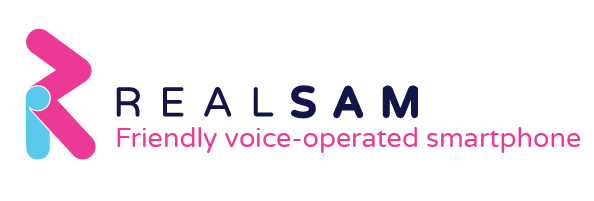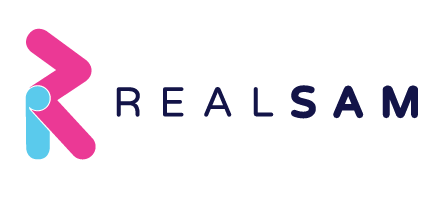“That all may read.” This is the motto of the National Library Service for the Blind and Print Disabled (NLS), Library of Congress. And for over 90 years now, they continue to do amazing work to make this a reality for hundreds of thousands of their patrons.
If you have been reading all your life, it may be hard to imagine that many people struggle to read standard print and many others cannot read print at all. Thanks to NLS, anyone who is print disabled due to temporary or permanent blindness, visual impairment, or any other physical or learning disabilities can register to have access to over 300 thousand printed items in Braille, e-Braile, and audio formats.
A quick look back to how NLS began
The very first efforts to provide library services for blind people began with 8 embossed books donated to the Boston Public Library in 1868. Soon many other major city libraries began circulating a limited number of embossed books.
In 1897 John Russel Young, Librarian of Congress, set up a reading room for the blind with about 500 books with raised characters. This was an early vision to form a national library for people with visual impairment.
Years later, in 1931 the Pratt-Snoot Act became law, and the National Library Service was established.
Around the same time audiobooks, also known as Talking Books, were being developed. Many advocates, including Helen Keller, led NLS to produce audiobooks along with Braille books.
Books from NLS
It took decades of significant efforts, volunteers, advocates, acts of Congress, and technological advancements to make NLS what it is today—an efficient network of libraries providing free services in all 50 states and US territories: Puerto Rico, US Virgin Islands, and Guam. Additionally, NLS is available to US citizens and military families living abroad.
Registered members have access to magazines, books, and even music books and scores for all ages. NLS provides free and extended loans of standard and advanced book players. Readers can specify what type of books they are interested in. These can be mailed to them as requested or on a regular schedule, either as Braille books or as audiobooks on USB cartridges for their NLS book players. There are children’s books that include a combination of pictures, large print, and Braille allowing both a child who is visually impaired to read on their own, or a visually impaired parent or grandparent to read to them.
The NLS Braille and Audio Reading Download (BARD) website allows NLS patrons to download e-Braille books and audiobooks that can be loaded onto a flash drive for NLS book players. Finally, with the BARD Mobiles app, NLS content can be played on IOS, Android, and Kindle devices making it possible for any print disabled person to read anywhere, any time.
To Learn more about books for the blind, visually impaired, and print disabled, check out these related resources:
- RNIB Talking Books and the New Reading Services Platform
- Books for the Blind, Visually Impaired, and Print Disabled from NLS BARD
- Streaming Audiobooks on the RealSAM Pocket
By Guenivir Kendrick
REFERENCE:
History – national library service for the Blind and print disabled (NLS): Library of Congress. National Library Service for the Blind and Print Disabled (NLS) | Library of Congress. (2022, October 31). Retrieved April 22, 2023, from https://www.loc.gov/nls/about/organization/history/
Overview – National Library Service for the Blind and print disabled (NLS): Library of Congress. National Library Service for the Blind and Print Disabled (NLS) | Library of Congress. (2023, March 28). Retrieved April 22, 2023, from https://www.loc.gov/nls/about/overview/#:~:text=Established%20by%20an%20Act%20of,to%20provide%20refreshable%20braille%20displays

